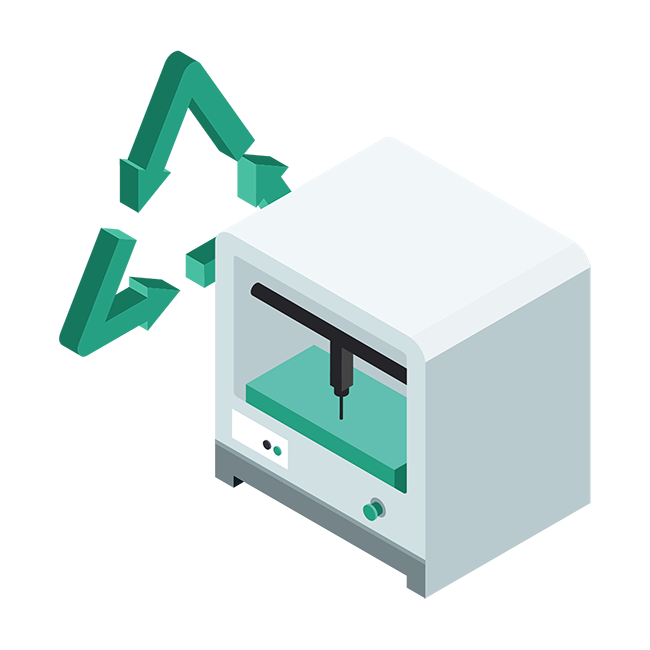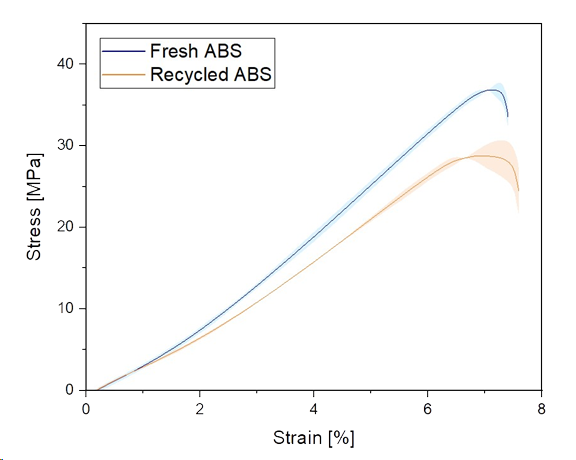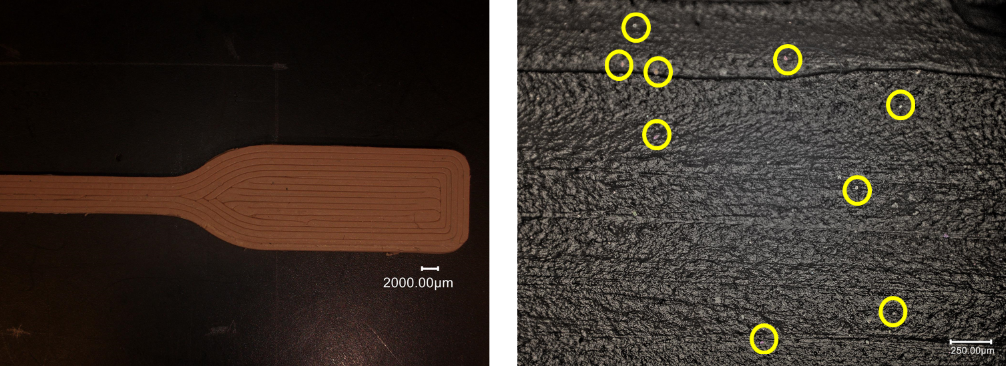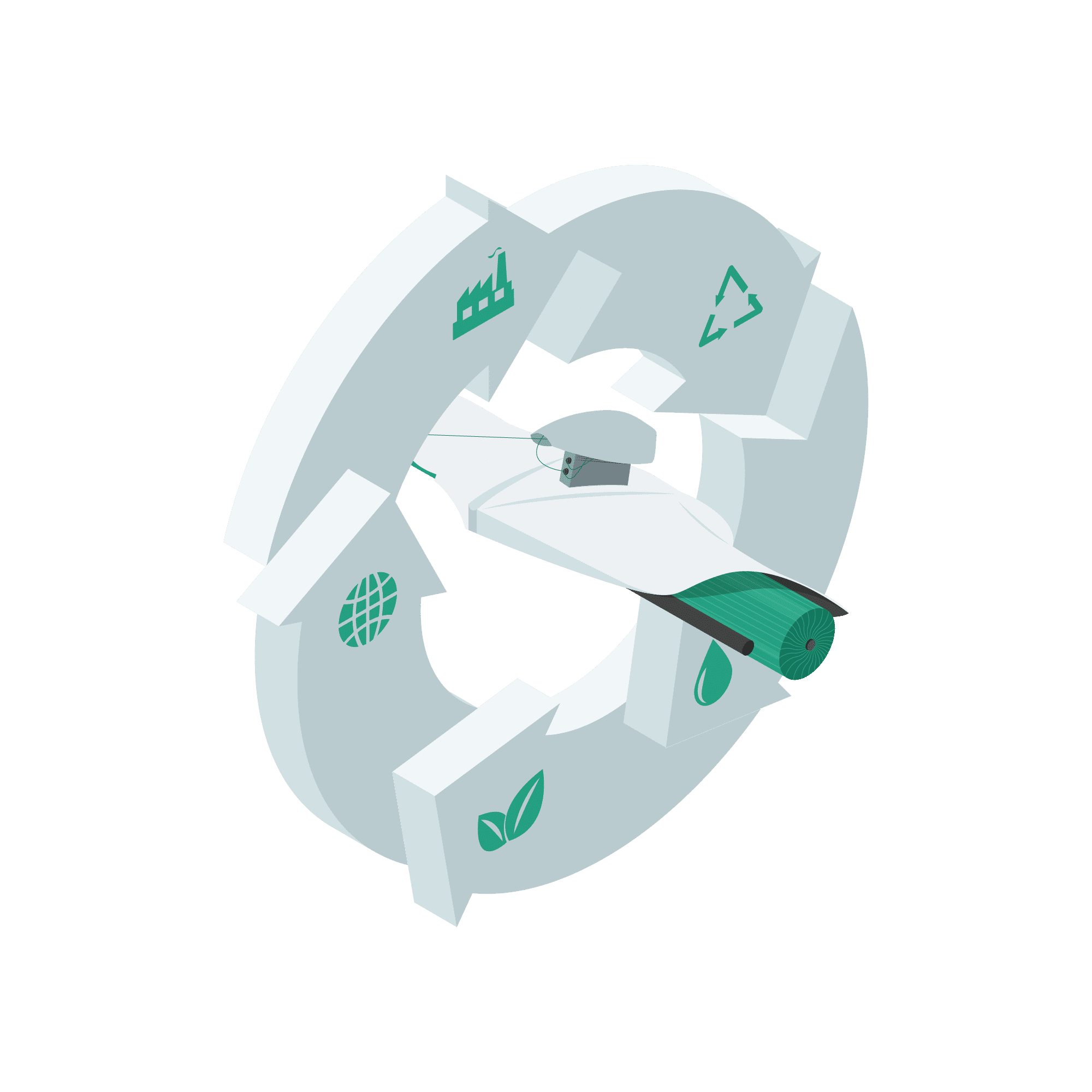Recycling and waste management are hot topics in today’s world, contributing to a more sustainable environment. Proper waste management prepares for better recycling of waste products and materials. The more materials are recycled, the less residual waste is produced, the more raw materials are available, and the less is the human impact on the environment and depletion of the earth.
One of the materials applied a lot in various products we use in our daily lives, are polymers. Plastic pollution is a major threat to our natural ecosystems. Therefore, recycling plastics and polymers is an interesting topic to reduce environmental pollution. This was also the starting point of the AMP-subsidised project Waste2Print, which is around researching and testing the recyclability of polymers and creating filament out of it for 3D printing purposes. This way, the resources and end product could be recyclable too, creating less negative impact and waste.
The Waste2Print consortium consists of Riwald Recycling, 3devo and FIP-AM@UT. Riwald Recycling is a high tech recycling business from Almelo, recycling many hundreds of thousands of tonnes of waste materials every year – ranging from electrical household equipment, to industrial high-quality residual flows, to train sets and aircrafts. 3devo from Utrecht offers high-performance products and services, that transform filament extrusion into a closed-loop circle. They help customers improve their competitive advantage through the customisation of enhanced 3D printing filament. The FIP-AM@UT supports in project management and contributes with their extensive material science expertise.
During the project, the consortium focuses on the innovative process of converting plastic waste into sustainable 3D printing solutions. After recycling thermoplastic polymers and processing them into shredded form, they will be used to create filament for 3D printing. The resulting 3D printed structures effectively repurpose waste materials by transforming them into printing filament, allowing for the creation of new products. These new products will be recyclable as well. This innovative process not only reduces waste but also promotes sustainability by utilising recycled materials in the production cycle.











